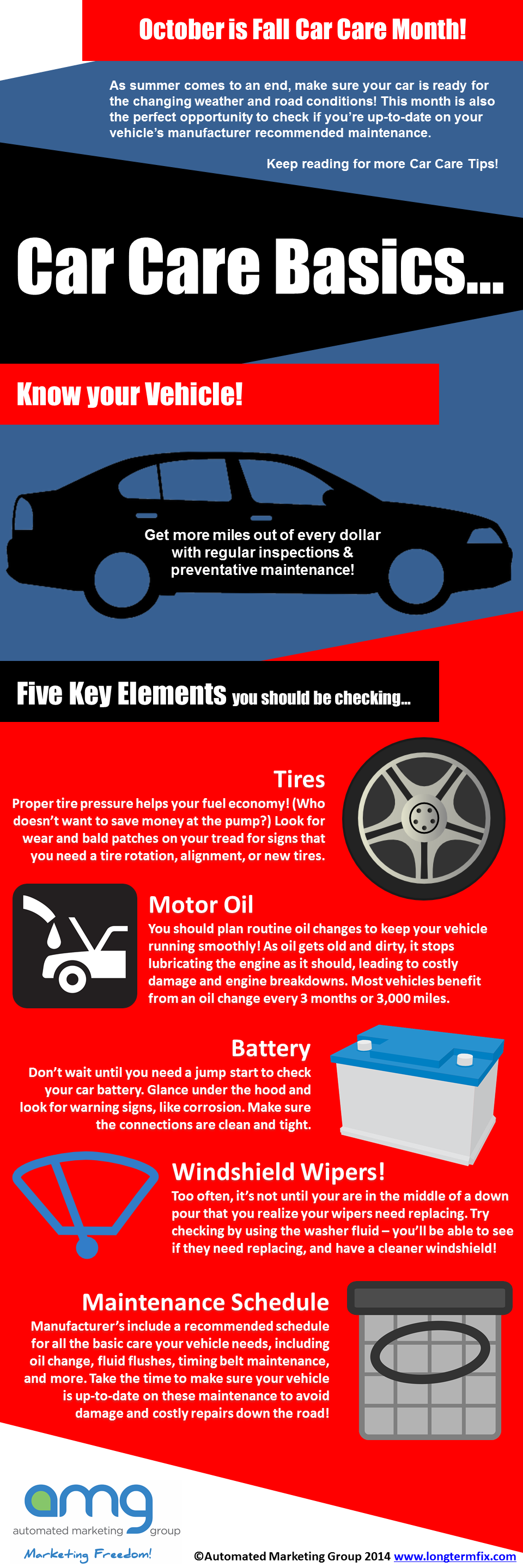When you lag the wheel, those beautiful warning lights on your dashboard can be a little bit bewildering. Do you know what they're trying to inform you about your automobile's health and wellness? Comprehending the significance of these lights is important for your safety and security and the durability of your car. So, the following time one of those lights turns up, wouldn't you intend to understand its message accurately and take the required actions to resolve it?
Common Warning Lights and Interpretations
Recognize usual caution lights in your car and comprehend their definitions to make sure secure driving.
One of the most regular warning lights consist of the check engine light, which indicates problems with the engine or emissions system. If this light begins, it's important to have your vehicle checked immediately.
The oil stress alerting light shows low oil stress, requiring immediate interest to avoid engine damage.
A blinking battery light may suggest a faulty charging system, possibly leaving you stranded if not addressed.
The tire stress tracking system (TPMS) light notifies you to reduced tire stress, affecting vehicle stability and fuel performance. Overlooking this might result in risky driving conditions.
The abdominal light suggests a problem with the anti-lock stopping system, compromising your capacity to quit swiftly in emergencies.
Lastly, the coolant temperature level alerting light warns of engine getting too hot, which can lead to serious damages otherwise fixed promptly.
Comprehending these common warning lights will aid you resolve issues immediately and keep secure driving conditions.
Importance of Prompt Interest
Recognizing the typical warning lights in your car is just the primary step; the importance of promptly dealing with these cautions can't be emphasized sufficient to ensure your safety and security when driving.
When a caution light illuminates on your control panel, it's your automobile's way of communicating a potential concern that requires interest. Neglecting try this web-site can cause much more extreme problems in the future, endangering your security and potentially costing you much more out of commission.
Prompt attention to alerting lights can avoid break downs and accidents. As your domain name , a flashing check engine light might show a misfire that, if left ignored, might create damage to the catalytic converter. Resolving this quickly can conserve you from a pricey repair work.
Similarly, a brake system advising light could indicate reduced brake liquid or worn brake pads, essential components for your safety when driving.
Do It Yourself Troubleshooting Tips
If you observe a warning light on your dashboard, there are a couple of do it yourself troubleshooting ideas you can try prior to looking for professional assistance.
The very first step is to consult your auto's manual to understand what the particular warning light suggests. Often the issue can be as simple as a loosened gas cap causing the check engine light. Tightening up the gas cap may deal with the trouble.
An additional usual problem is a low battery, which can set off numerous warning lights. Inspecting the battery links for corrosion and ensuring they're safe might deal with the trouble.
If a warning light lingers, you can try resetting it by separating the automobile's battery for a couple of minutes and afterwards reconnecting it. In addition, examining your automobile's liquid degrees, such as oil, coolant, and brake fluid, can aid troubleshoot alerting lights connected to these systems.
Final thought
Finally, comprehending your car's caution lights is essential for keeping your vehicle running smoothly and securely. By without delay addressing these alerts and knowing what they mean, you can prevent expensive repair work and potential breakdowns.
Bear in mind to consult your car's manual for certain details on each warning light and act accordingly to make sure a trouble-free driving experience.
Remain informed, stay secure on the road!
